September 26, 2013
Ready to go wild with a bigger picture?
As we head into primetime seeding and transplanting, consider the holistic picture of wildlife food and habitat along with your on-going delight. Coneflowers shine in spring and again in fall. Their seeds feed little birds for months if you don’t tidy up too fast.
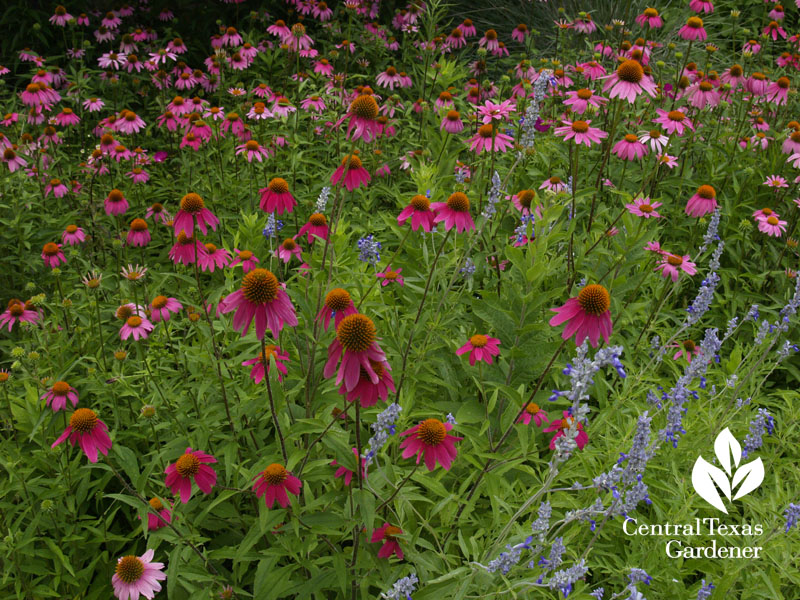
Got shade? Then you’ll want some perennial cedar sage (Salvia roemeriana) for flowers March – August.
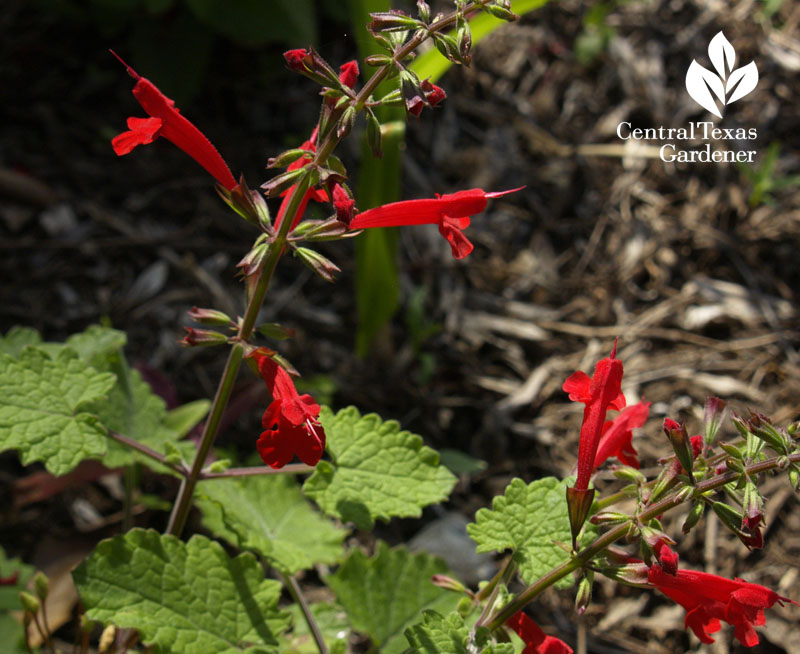
Sun-loving annual American basket-flower (Centaurea americana) will re-seed after flowering in late spring.
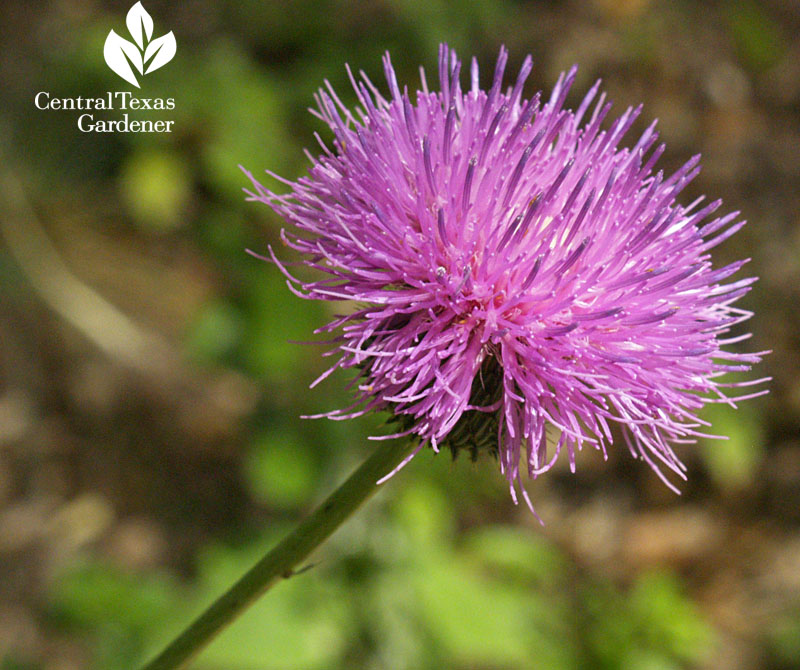
Yum, get a subtle scent of chocolate from sun to part shade small perennial Chocolate daisy (Berlandiera lyrata) that nectars insects from April to November. No clue what the nectar tastes like to insects!
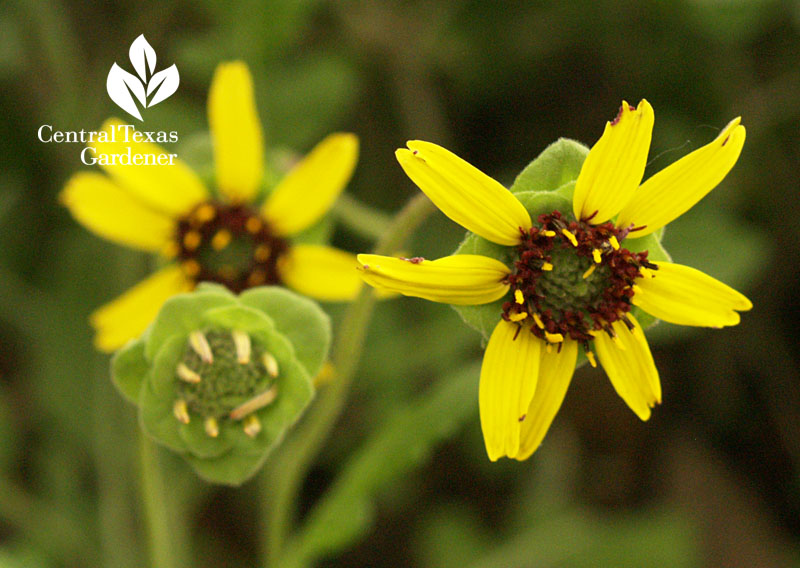
An annual I’m seeding this fall in my sunny “prairie” is Partridge pea. It will germinate this winter to grow into a 1-3 foot nectar banquet from June to November.
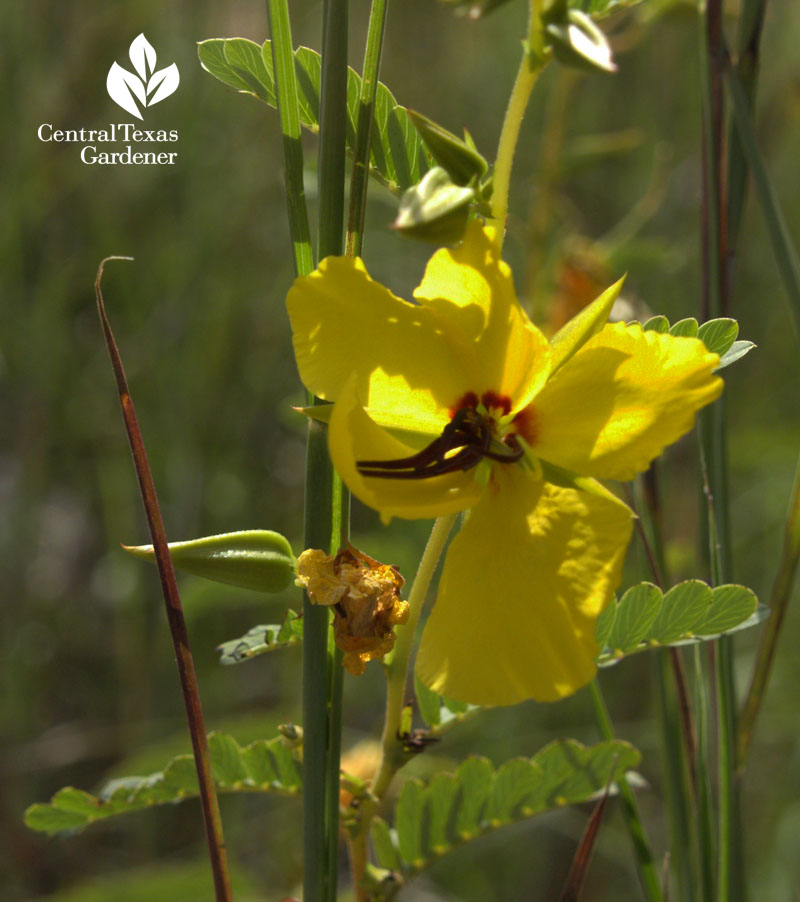
Let’s not forget native grasses to seed or transplant. Daphne makes Big muhly (Lindheimer muhly) her pick of the week. This winter, butterflies and small animals will shelter in it, so keep the winter-browned leaves until February. Here it’s joined with fall fellow Salvia leucantha.
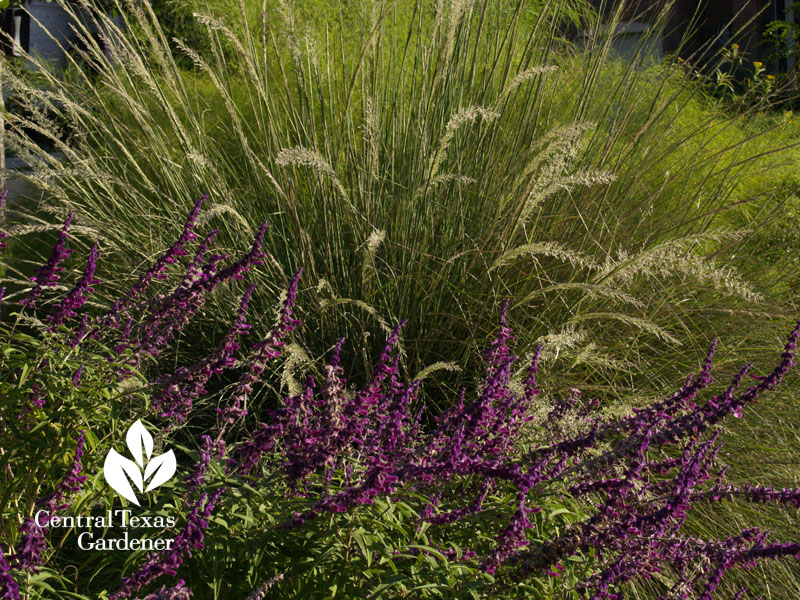
25 years ago, Jan & Bill Neiman looked beyond “yards and plants” to the holistic picture, to redefine the land with a code of ethics to preserve water, land, and habitat when he started Native American Seed.
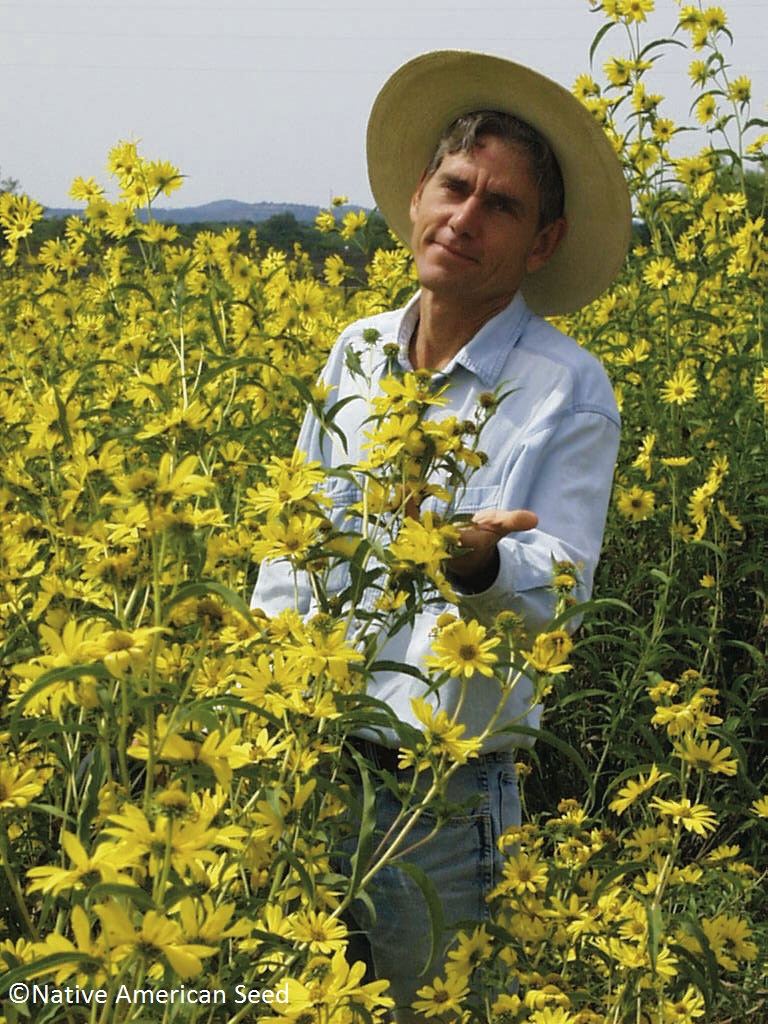
This week, Bill joins Tom to explain how easy it is for all of us to join his mission to better our future.

He explains some of the symbiotic relationships that extend beyond the flamboyance that’s most evident.
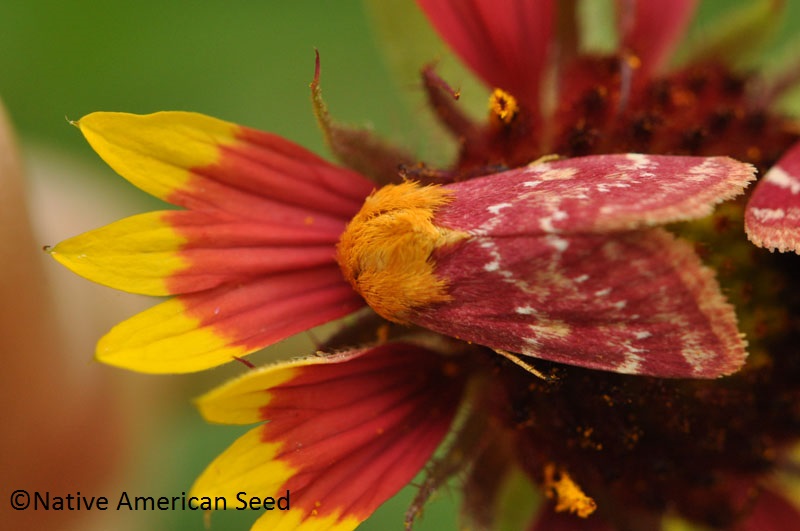
Native American Seed has mixes for every soil, habitat and intent, from erosion control to scorched earth restoration.
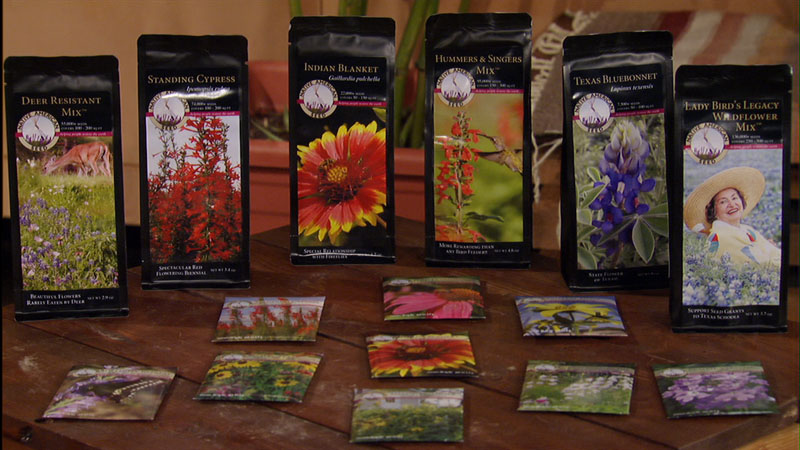
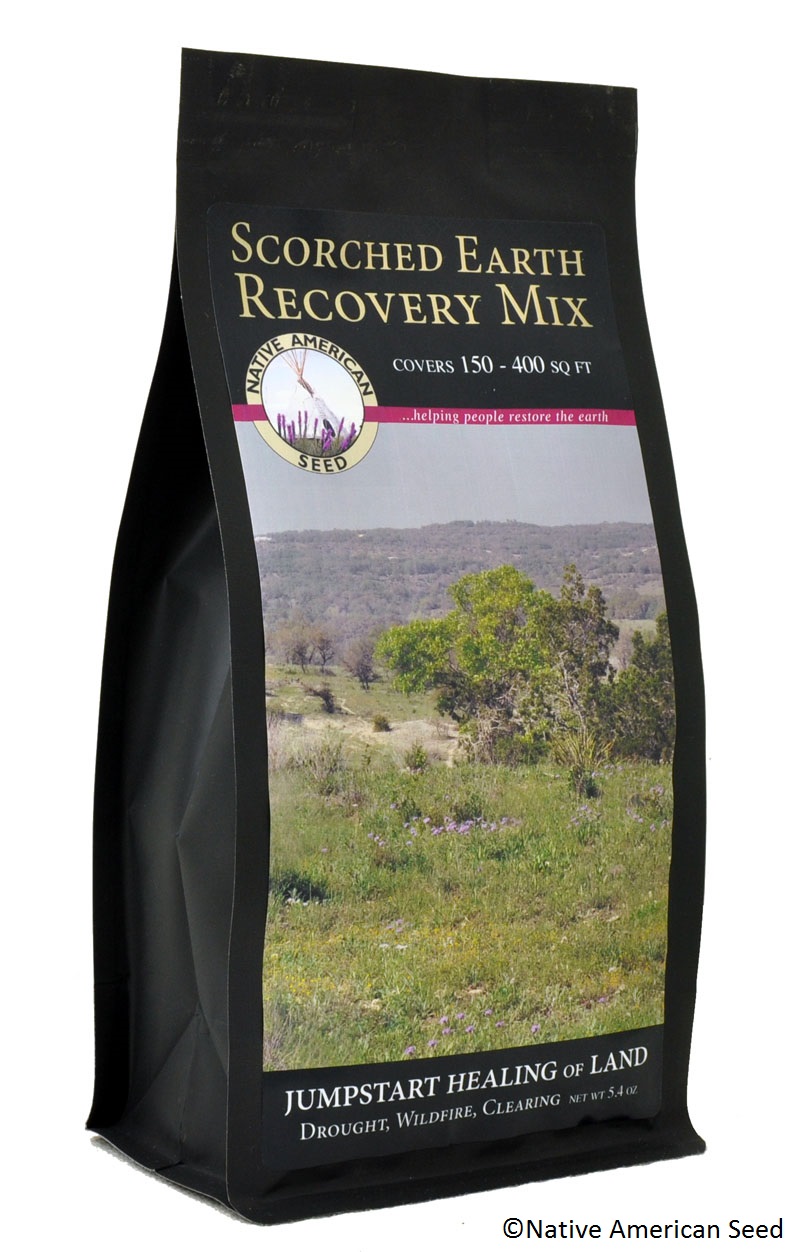
Order online from their web site packed with information. I treasure their print catalog, too, and carry it around to read the stories and mark the seeds I want to plant.
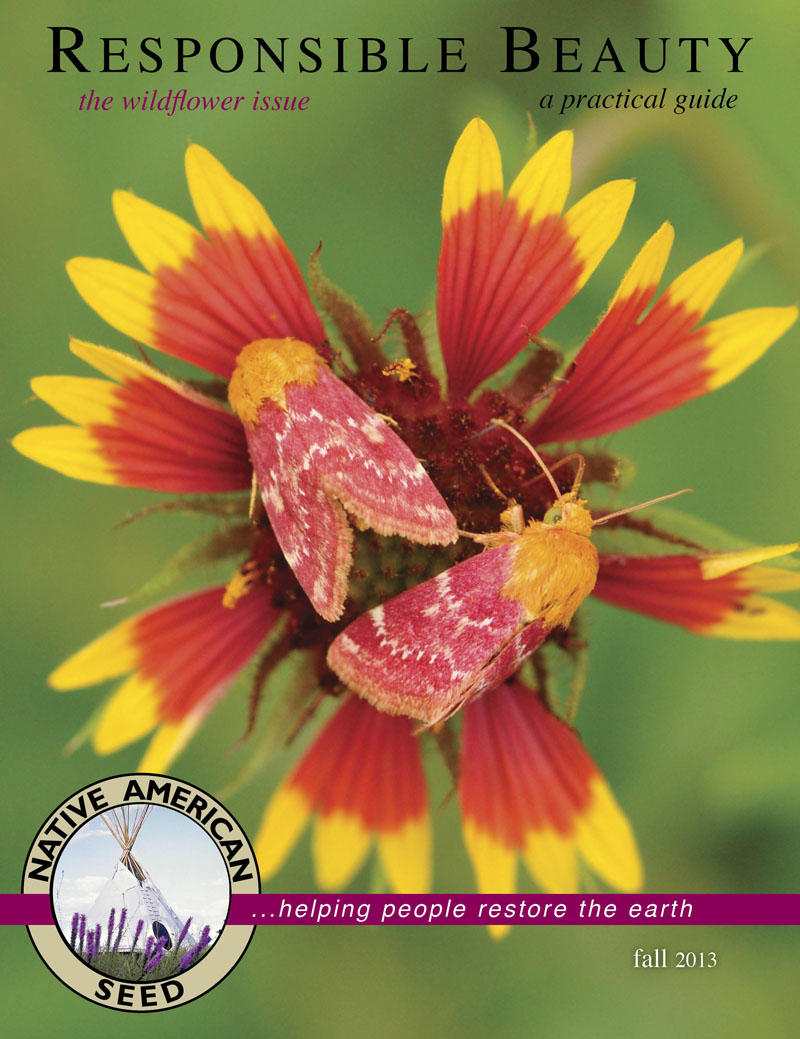
Jan and Bill’s children, Emily and Weston, are part of this hard-working family team. Emily is one of the co-authors of the Sustainable Food Center’s The School Farm, for guidance in starting a community food garden with children. Emily deserves an Associate Producer credit for this show, too!
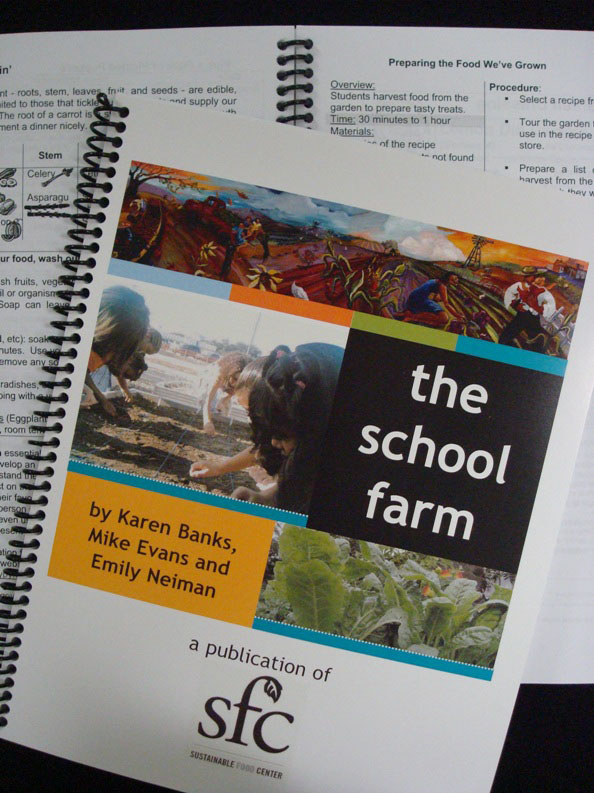
Here’s Weston with a seed drill, prepping for an expansive restoration project at the San Jacinto battleground!
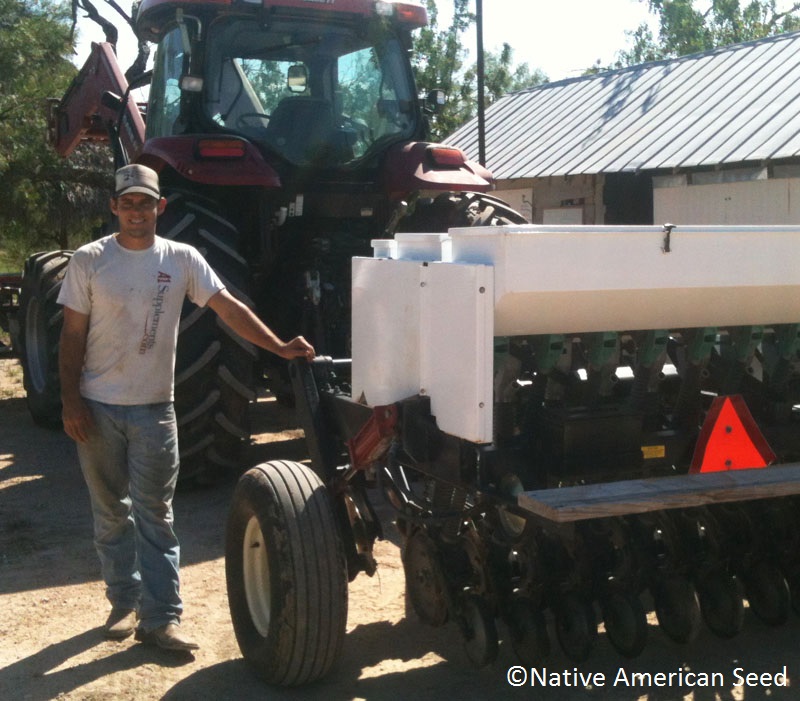
Meet them in person, since Native American Seed will be at the Lady Bird Johnson Wildflower Center Fall Festival and Plant Sale Oct. 5 & 6.
PLUS, Native American Seed will be at Travis Extension’s Texas Water Star Open House on Oct. 5 from 10 – 11:30 a.m. to explain how to grow wildflower seeds + they’re giving out FREE SEEDS! The whole event is from 9 a.m. – 1 p.m. with lots of fabulous information.
In the vegetable garden, it’s also time to plant cool weather seeds and transplants.
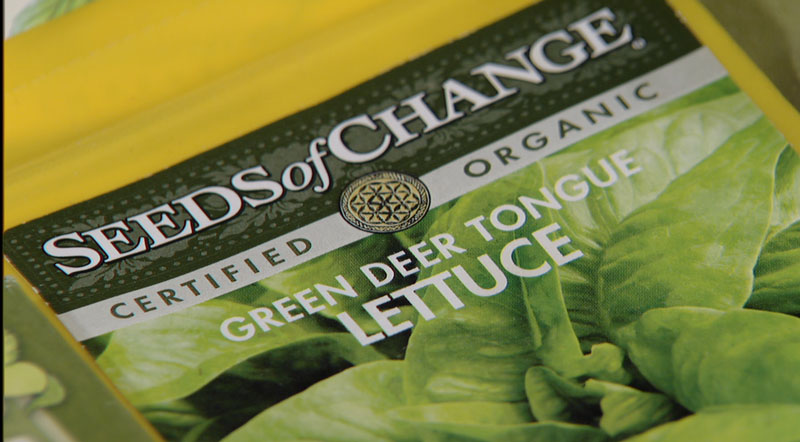
Trisha gives us the scoop on what to plant from seed and those that most of us will start as transplants. Here’s her list and how-to tips. Must tell you that my arugula seeds were coming up like mad, until a fast 2” of rain battered them. They were too little for that. A few made it, but I’ll add more this weekend. Drought or drown: that’s Texas for you!
Several viewers have asked: why are my jalapeno and Serrano peppers turning red?
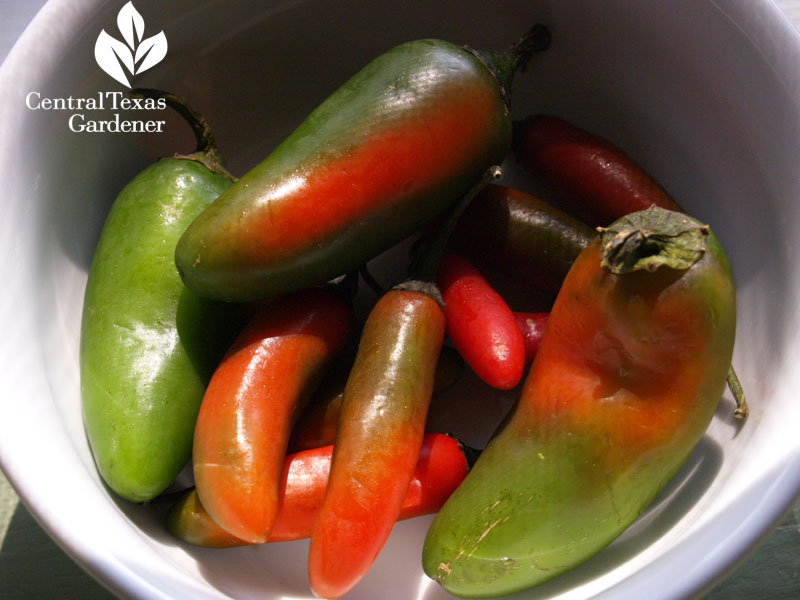
Get Daphne’s answer. Oh, if your peppers have been wimping around (as we all do in August), they’ll gear up soon. Mine are about to explode!
On tour in Temple, don’t miss this fabulous wildlife habitat makeover that Mary Lew and David Quesinberry cheerfully rendered one heavy boulder at a time!
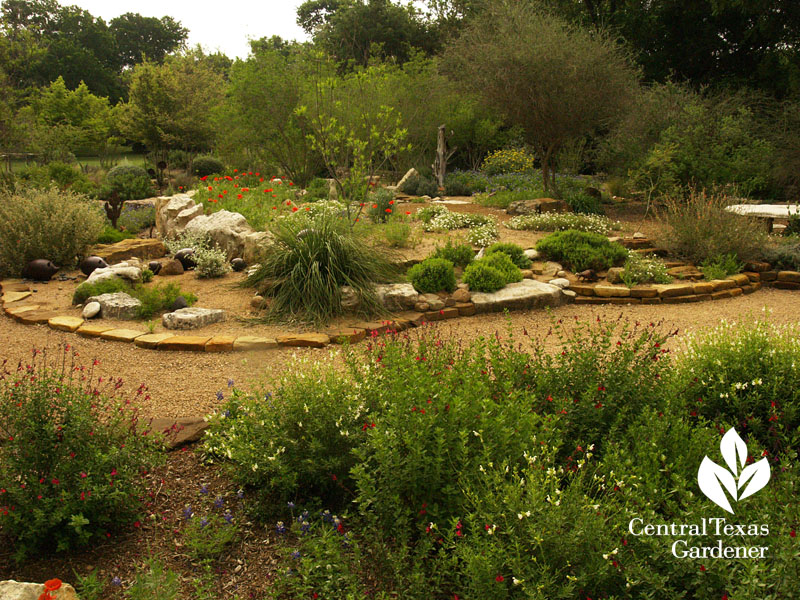
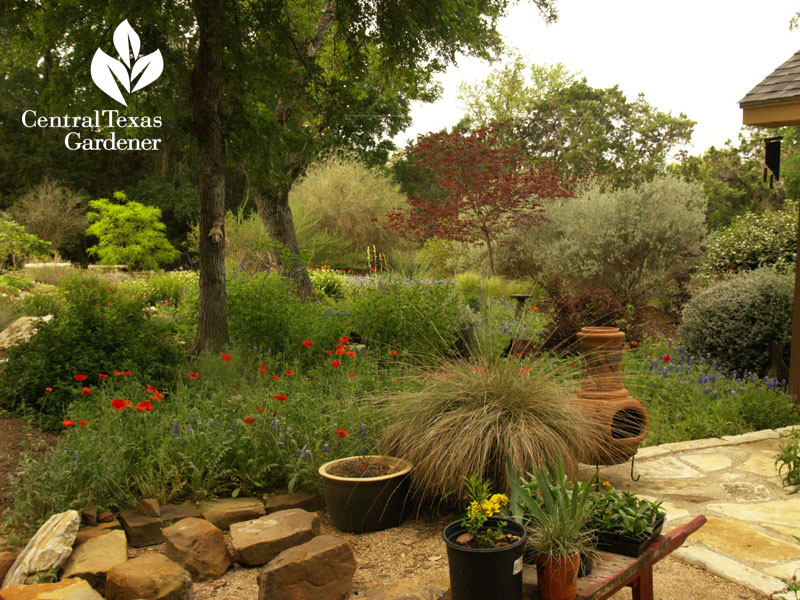
CTG lucked into this when some Bell County Master Gardeners came to a taping and connected me with fellow MG Mary Lew.
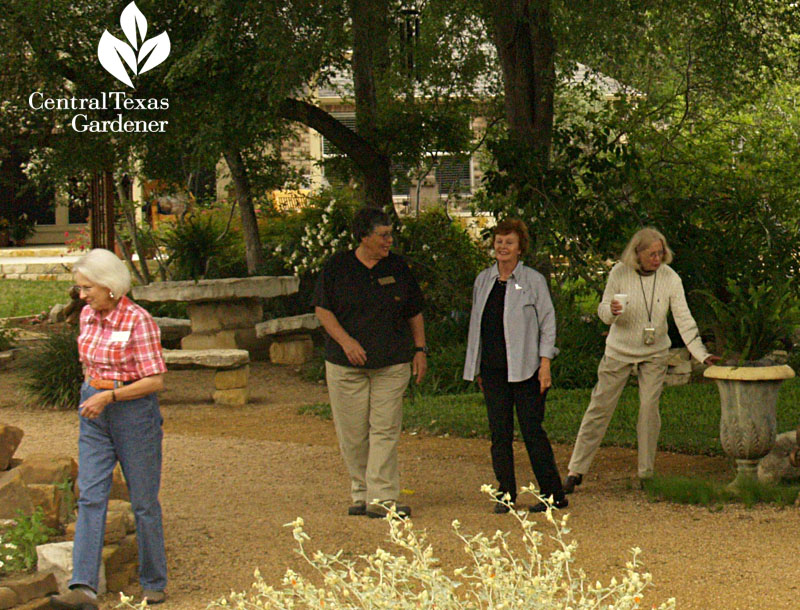
The Quesinberrys pair natives and low-water non-natives in their garden where they invite all wildlife, including the deer.
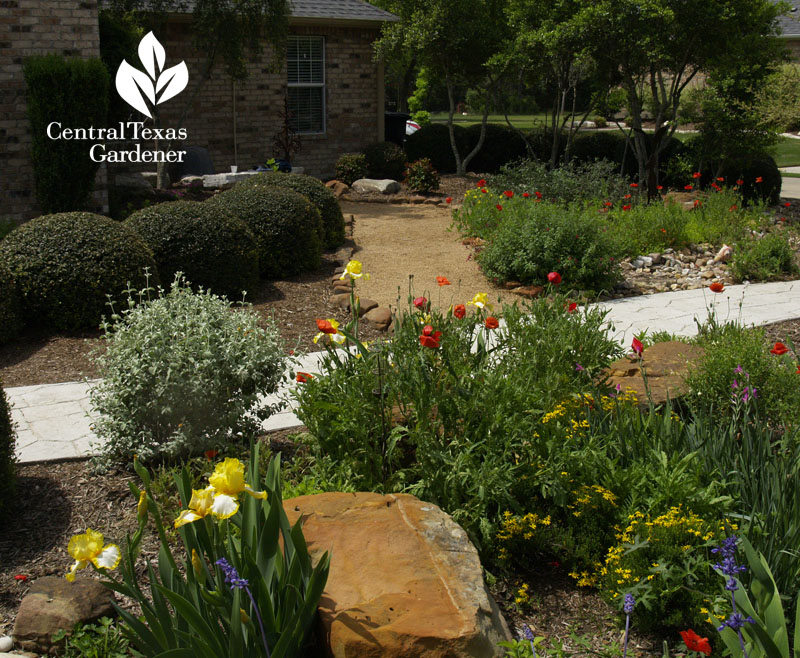
Don’t you love their native fragrant mimosa (Mimosa borealis)?
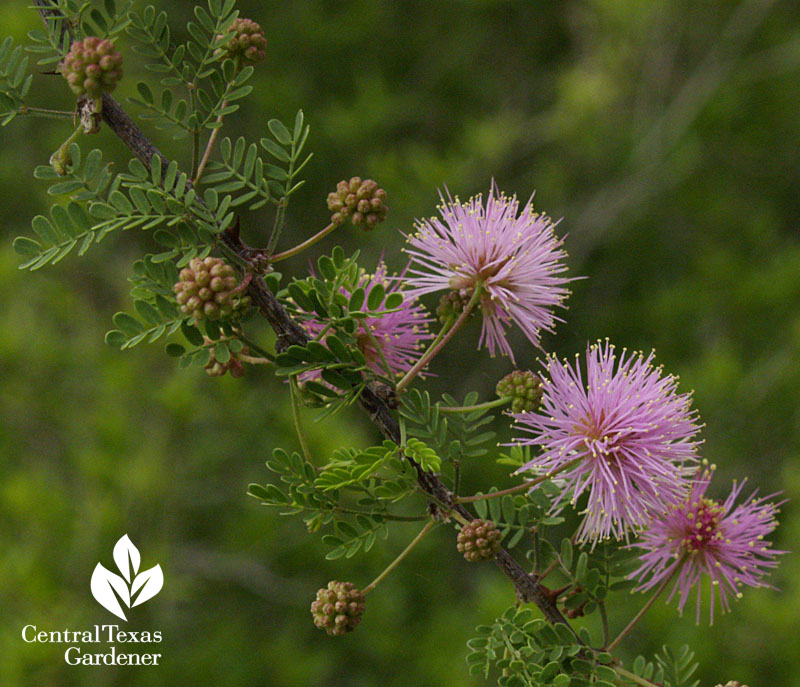
They still have a little grass but give it no special attention, except when friends and family gather for picnics and their version of karaoke.
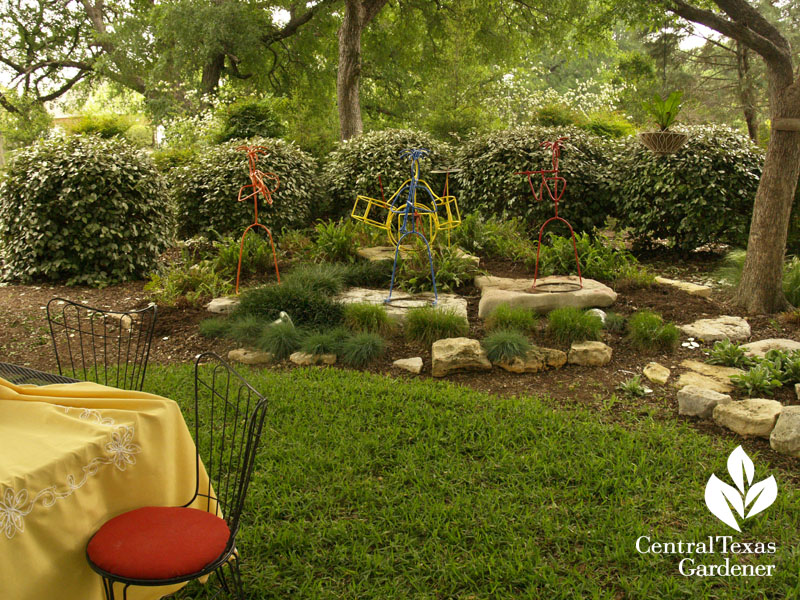
See it all now!
Thanks for stopping in, Linda
tags:

